The Lamborghini Huracán Sterrato has been revealed and the company has dubbed it as ‘the sports car that goes beyond’.
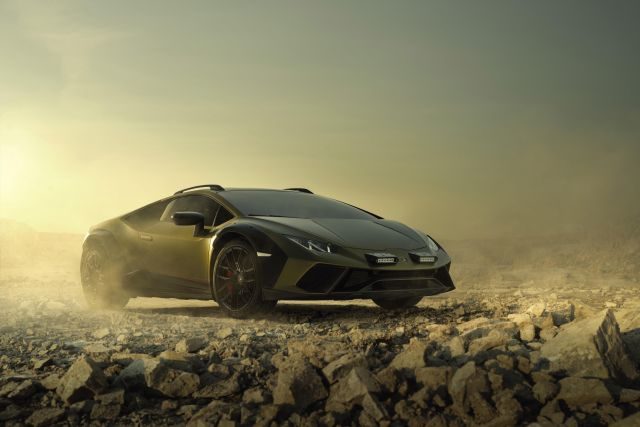
Mated to a seven-speed, dual-clutch transmission is a 5.2-litre, V10 engine that puts out 610 hp and 560 Nm of torque. It does a 0-100 km/h dash in 3.4 seconds and has a top speed of 260 km/h. The ground clearance has been increased by 44 mm compared to the Huracán EVO to ensure greater suspension travel. The dimensions for track have gone up by 30 mm at the front and 34 mm at the rear. In terms of protection, there is aluminium front underbody protection and reinforced sills. To further the aesthetic appeal, the rear diffuser and the sturdy wheel arches add its muscularity. The classic air intake located on the rear hood enhances the sporting spirit of the model and helps supply the engine with clean air when driving on dusty tracks.
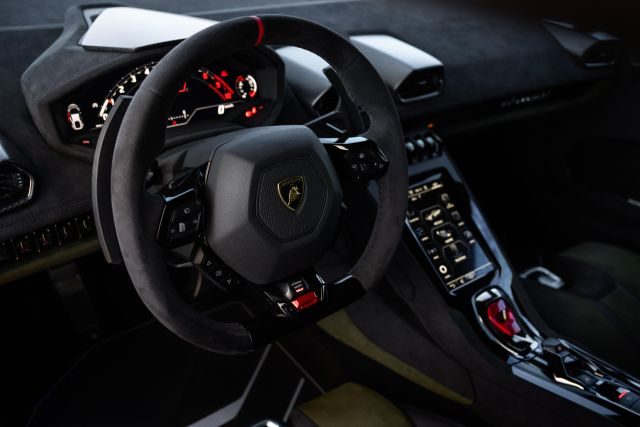
Braking duties are done by aluminium fixed monobloc callipers with six pistons (front) and four pistons (rear) and ventilated and cross-drilled carbon-ceramic discs with 380 mm diameter and 38 mm thickness at the front and 356 mm diameter and 32 mm thickness at the rear. The Huracán Sterrato comes shod with 19-inch custom-engineered Bridgestone Dueler AT002 tyres incorporating run-flat technology that can do an 80 km drive at a speed of 80 km/h with zero pressure.
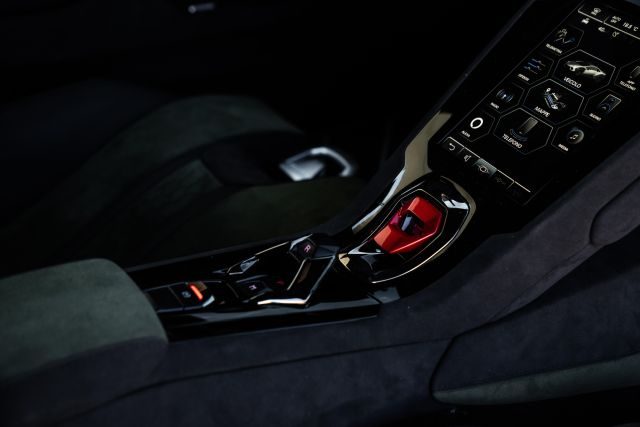
The interiors host Alcantara Verde Sterrato upholstery and new graphics integrated into the Human Machine Interface (HMI). For the first time, the dashboard features a digital inclinometer with pitch and roll indicator, a compass, geographic coordinate indicator, and a steering angle indicator. The car also includes Amazon Alexa to adjust car features such as air conditioning, and lighting, navigation, phone calls and entertainment with a simple voice command. The car can also be controlled remotely via the Lamborghini UNICA app.
Customers can customise their cars with an option of 350 external colours and over 60 colours for the leather and Alcantara interiors. The production will be capped at 1,499 units and it is expected to commence by February 2023.
Story: Sumesh Soman
Also read: Mercedes EQB 300 4MATIC First Drive Review


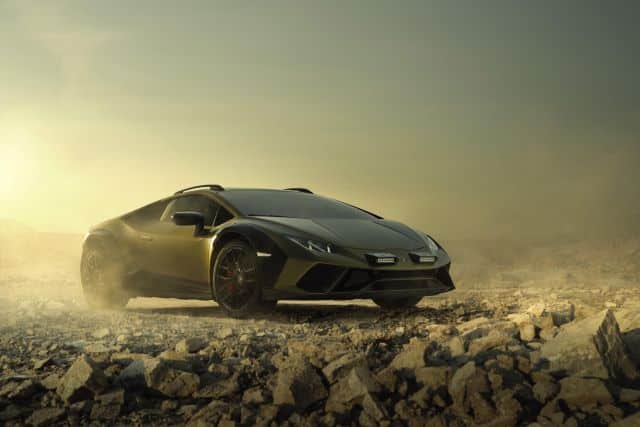










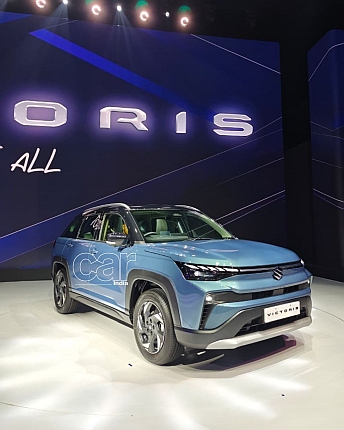
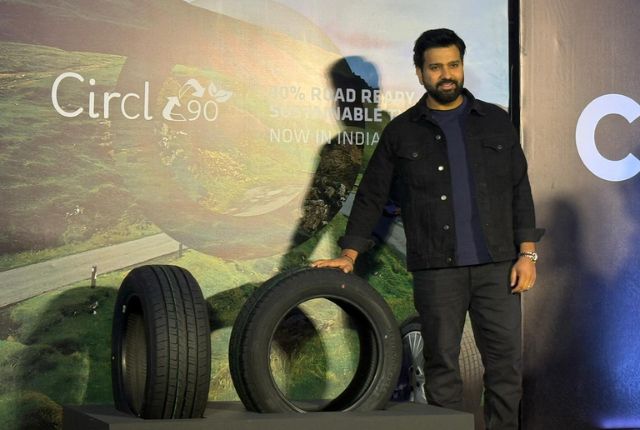
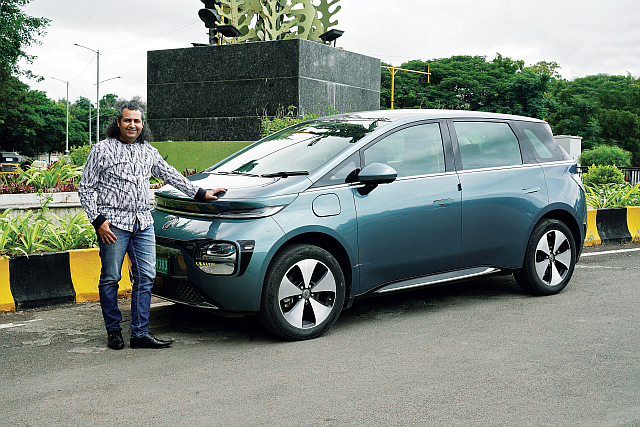
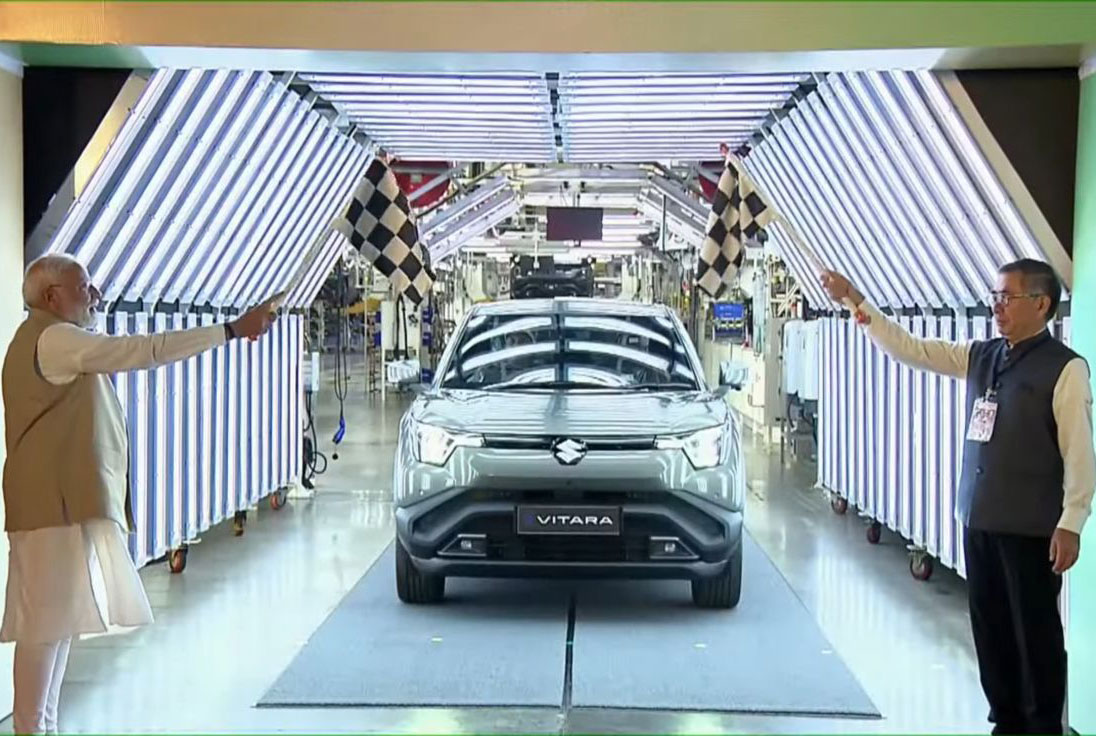
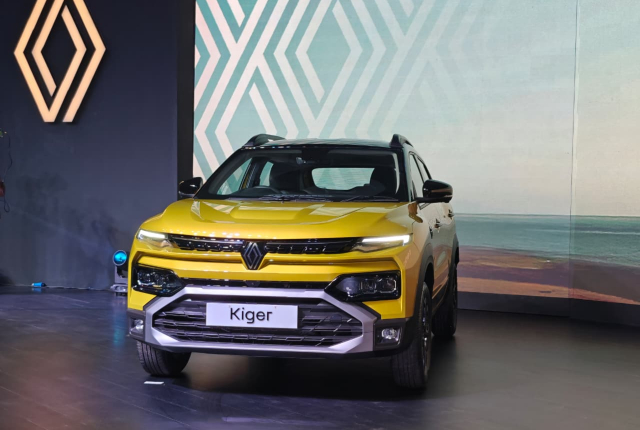




Leave a Reply